In the bustling markets of Mexico City, a new culinary trend is taking root—one that blends ancient traditions with modern wellness aspirations. Caterpillar fungus, known locally as "hongo de oruga," has emerged as the latest darling of high-end gastronomy and holistic health circles. What was once a closely guarded secret of traditional healers in the mountains of Oaxaca is now appearing on the menus of Michelin-starred restaurants and in the apothecaries of luxury spas.
The rise of Mexican caterpillar fungus cuisine reflects a broader global shift toward functional foods, but with a distinctly local twist. Unlike its more famous Chinese cousin Cordyceps sinensis, Mexico's native species develop on larvae buried beneath the volcanic soils of the Trans-Mexican Volcanic Belt. For generations, Mazatec shamans have harvested these peculiar fungi during the brief rainy season when they erupt from the ground like slender golden fingers.
What sets Mexico's variety apart is its complex flavor profile—earthy with hints of umami and a subtle smokiness that chefs are learning to harness. At Pujol, Enrique Olvera's flagship restaurant, the fungus appears in a delicate broth served in handcrafted clay vessels, its aroma mingling with epazote and huitlacoche. "It's about honoring the ingredient's terroir," explains sous-chef Daniela Soto-Innes. "When you taste it, you're tasting the minerals from our mountains, the history of our people."
The wellness industry has seized upon Mexican caterpillar fungus with particular enthusiasm. At the Four Seasons Resort Punta Mita, guests can book the "Hongo Sagrado" treatment—a $450 package including a fungal foot soak, a massage with oil infused with the extract, and a tasting menu featuring the ingredient. Spa director Alejandro Martínez claims the fungus contains unique adaptogens that help the body cope with altitude sickness—a selling point for Mexico City's high-altitude location.
Scientific research on Mexico's native species remains in its infancy, but preliminary studies at the National Autonomous University of Mexico have identified novel compounds with anti-inflammatory properties. Biochemist Dr. Luisa Fernández cautions, however, that "while the traditional knowledge is valuable, we need rigorous clinical trials before making definitive health claims." This hasn't stopped wellness influencers from touting Mexican caterpillar fungus as everything from a libido booster to a cognitive enhancer on social media platforms.
The economic impact is transforming rural communities. In the Sierra Mazateca, what was once a subsistence harvest has become a lucrative cash crop. Cooperatives now employ infrared cameras to locate the fungi at night when their faint bioluminescence makes them visible. "My grandfather gathered these secretly," says farmer Tomás Cruz, "Now my children study mycology at university so we can cultivate them sustainably." Prices have skyrocketed from 200 pesos per kilogram a decade ago to nearly 5,000 pesos today for premium specimens.
Yet the boom raises ecological concerns. Overharvesting threatens the delicate symbiotic relationship between the fungus and its host insects. Conservationists are working with chefs to establish harvesting quotas and promote cultivation methods. Meanwhile, food historians note the irony of an ingredient once associated with poverty becoming a status symbol. As culinary anthropologist Dr. Valentina Ríos observes, "The story of Mexican caterpillar fungus mirrors tequila's trajectory—from peasant drink to luxury export."
For now, the trend shows no signs of slowing. Experimental mixologists are crafting fungal-infused mezcals, while chocolatiers blend powdered caterpillar fungus into artisan bonbons. As Mexico positions itself as a leader in sustainable luxury, this peculiar ingredient—at once ancient and newly discovered—has become an unlikely ambassador for the country's rich biodiversity and culinary innovation.
The fascination with Mexican caterpillar fungus speaks to deeper cultural currents. In a world increasingly disconnected from nature, its very strangeness—this organism that blurs the line between plant and animal, medicine and food—holds particular appeal. As nutritionist Elena Morales puts it, "People aren't just buying a supplement or a delicacy. They're buying a connection to something mysterious and primal." Whether the trend endures or fades, it has already changed how the world sees—and tastes—Mexico's living heritage.

By Elizabeth Taylor/Apr 10, 2025

By Laura Wilson/Apr 10, 2025

By Natalie Campbell/Apr 10, 2025

By Daniel Scott/Apr 10, 2025
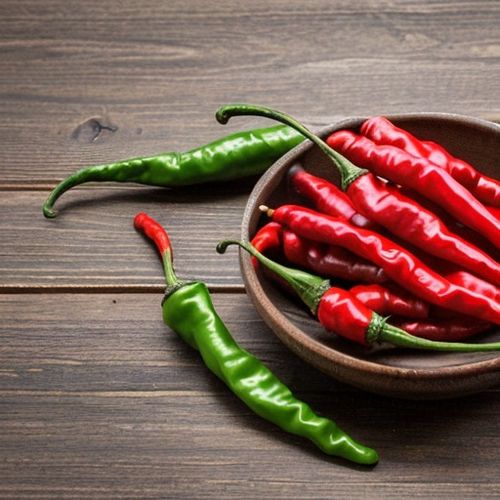
By Sarah Davis/Apr 10, 2025
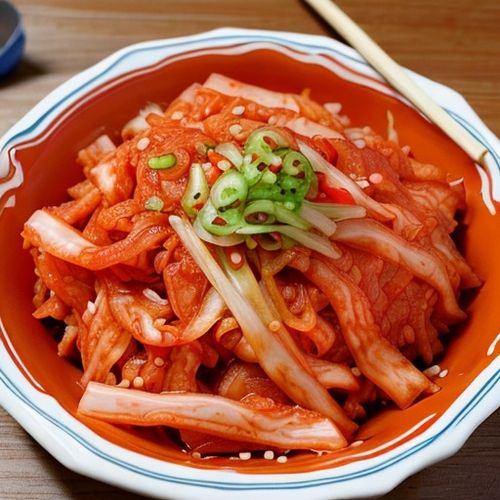
By Michael Brown/Apr 10, 2025

By George Bailey/Apr 10, 2025
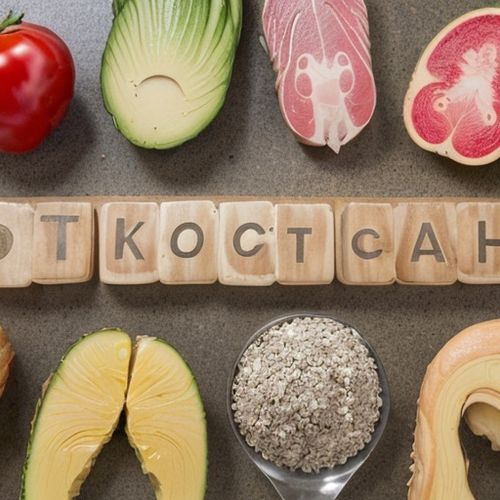
By Thomas Roberts/Apr 10, 2025
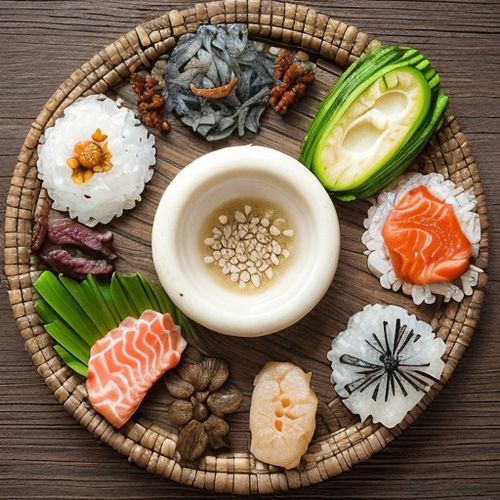
By Sarah Davis/Apr 10, 2025
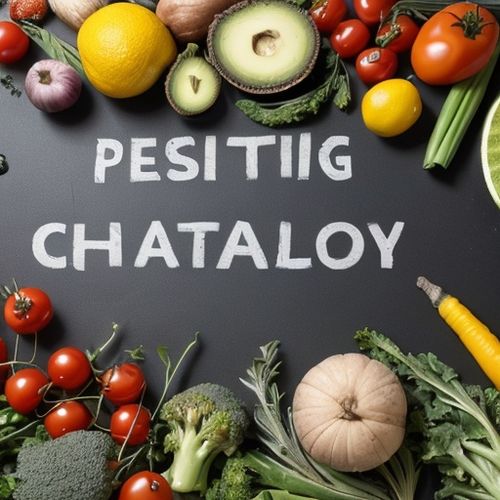
By William Miller/Apr 10, 2025

By Natalie Campbell/Apr 10, 2025

By Ryan Martin/Apr 10, 2025

By Benjamin Evans/Apr 10, 2025
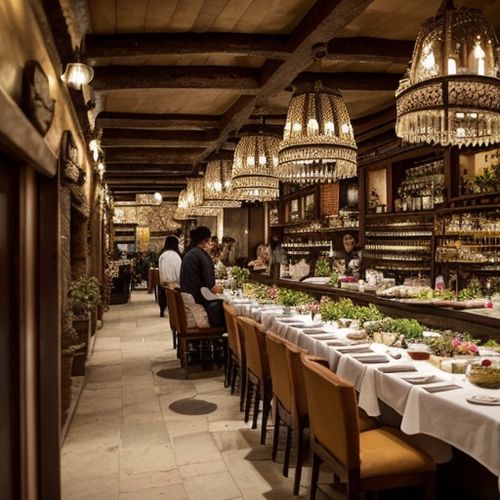
By John Smith/Apr 10, 2025

By Grace Cox/Apr 10, 2025
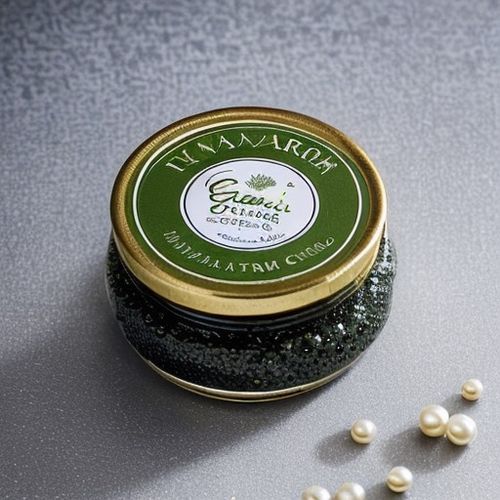
By Victoria Gonzalez/Apr 10, 2025
By Natalie Campbell/Apr 10, 2025